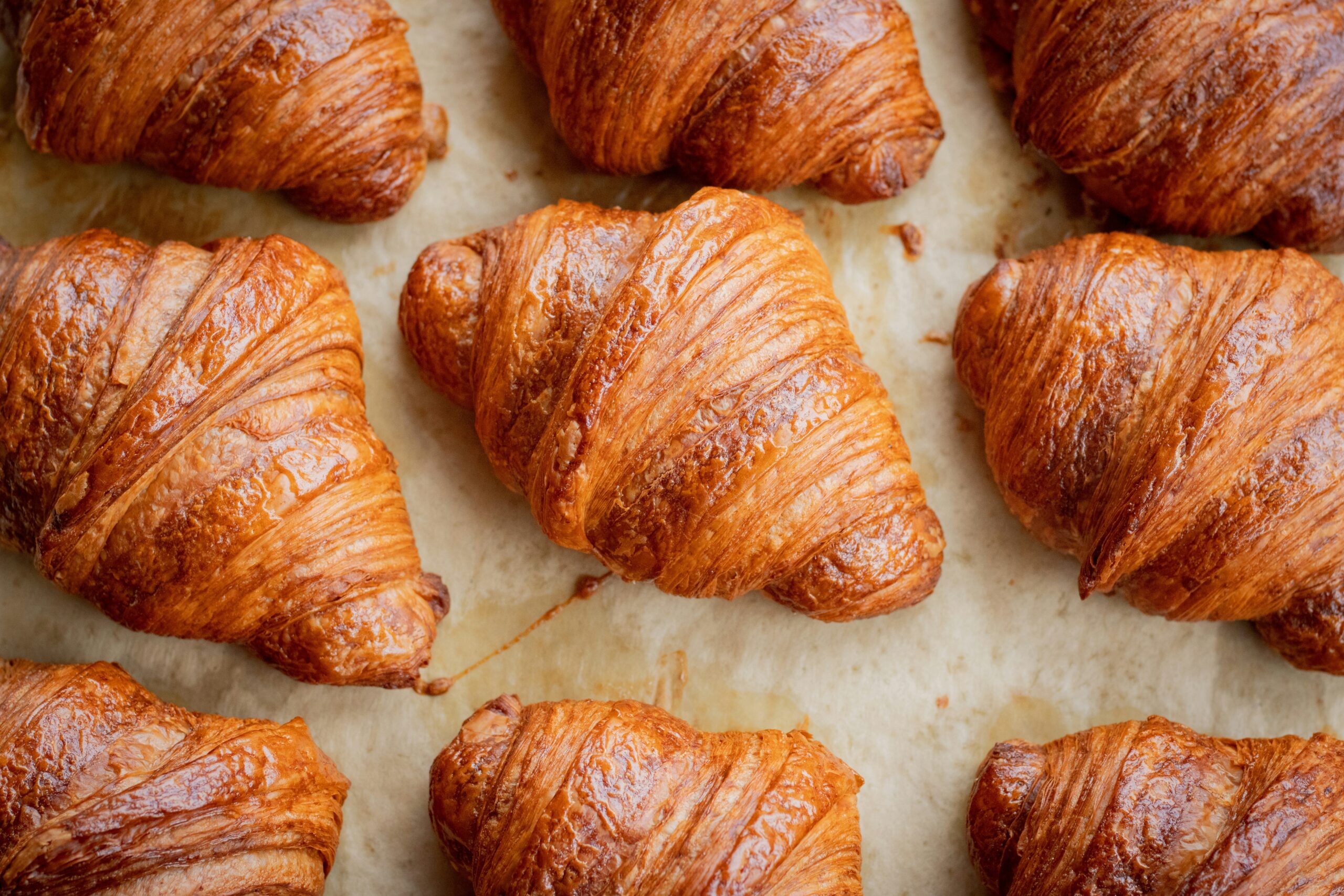THIS General Election was not only about material issues. Deeply ingrained psychological traits in the electorate worked to give the People’s Action Party (PAP) its strong mandate. Key among those traits is an almost biological dispensation towards insecurity, born of Singapore’s small size, its lack of natural resources and its acute vulnerability in a Darwinian global order.
This sense of insecurity was reinforced by a national tragedy: the passing of Lee Kuan Yew this year. This was the death, not just of Singapore’s chief political architect but of a national archetype. Mr Lee’s personality and style embodied an unsentimental, pragmatic toughness.
Contemporary Singapore was unimaginable without his informing presence. So close was this association that the trust invested in him reflected an almost spiritual relationship between icon and devotee.
Of course, he ran a tight ship – too tight for those who defined the voyage of nations and their citizens by the expansive possibilities created for the liberal imagination to flourish. His critics were as fierce in their dismissal of his gilded status as his supporters were fervent in affirming the providential nature of his rule.
Nevertheless, his death left Singapore exposed to a world, which as he had warned, does not owe it a living. At the same time – to an overwhelming number of voters – Singapore appeared fragile as the world economy soured, with China’s stock market problems providing the first signs of the feared onset of another crisis. Even the date of the election – Sept 11 – was a subliminal reminder of insecurity: of how terrorists had attacked the world’s richest and most powerful nation.
In the circumstances, the PAP positioned itself as the party of continuity, certainty and credibility. Indeed, as the main political legacy of Mr Lee himself, the party looked like the obvious entity to ensure that Singapore would continue to thrive, and that his gift of SG50 could be extended to SG100.
Almost 70 per cent of voters bought insurance from the PAP at the ballot. Certainly, just over 30 per cent of them did not. For many of these voters, an alternative vision of Singapore exists, one sketched provisionally by a long line of discontents, dissenters and detainees who refused to subscribe to the mainstream discourse valorising economic development and rationalising political quietude.
To them, the early critiques of Singapore’s capitalist choices, mounted by the Barisan Socialis and other left-wing groups, appear to have received historical confirmation in the high levels of income inequality and social disparities characterising contemporary Singapore. Indeed, even as globalisation gnawed away at the country’s economic borders, the influx of foreigners allegorically diluted the notion of a Singaporean Singapore.
For almost a third of voters, this was the threat, this the real source of insecurity today. To them, the Opposition represented the hopes of probable and sustainable change.
On Sept 11, the first vision of insecurity won resoundingly over the second one. That outcome was a one-off affair. Looking ahead, it is obvious that the exceptional circumstances of this election cannot be replicated. Mr Lee will pass into history.
That is when material factors will come to the fore again, as they did in the 2011 election. Concerns about the cost of living and friction over immigrants are likely to be long-term issues; transport problems are more amenable to a solution.
The psychological evolution of the middle ground will hold the key to political outcomes in those circumstances. There is little reason to think that the culture of insecurity, internalised by a large number of Singaporeans, will change drastically. These citizens will still judge political promises by the effect that they are likely to have on national security, in its broadest sense of military survival and economic success.
However, across society at large, a visceral consensus on the need for strong and effective governance, to shore up Singapore’s prospects, will be nuanced by greater calls for reformist politics and responsive policies.
A population that is more diversified and stratified along economic lines will demand policies targeted carefully at vulnerable groups. The PAP, the party whose leaders ultimately decide how bureaucrats devise these policies, will have to change to reflect the new demographic landscape. Clinging to narrow selection procedures, no matter how effective they were in the past, will be a recipe for disaster.
For the Opposition, fragmentation is the chief threat. It simply cannot compete with a dominant party unless it comes together in an alliance before the election, armed with a common minimum programme that can take on the PAP’s election agenda.
But to achieve consolidation in Opposition ranks would require the smaller parties to overcome turf and ego problems. There is little indication of this occurring any time soon.
Singaporeans will be watching carefully to see what the government makes of its strong mandate. There is little danger of the PAP reverting to its traditional knuckle-duster politics towards the Opposition simply because it enjoys the renewed support of the masses. Why reverse the winning formula which won it that mandate in the first place?
Instead, the hope is that the popular reform process begun under Prime Minister Lee Hsien Loong will continue. He has come into his own after a decade at the helm of national affairs.
His government will be judged by its success in readying Singapore to meet challenges in the coming decades. The education system in particular needs to produce thinking and creative learners who can thrive in an economic marketplace marked by discontinuity.
Whether the PAP prepares the country for a sustainable future will determine the results, not just of the next GE, five years away, but even perhaps the next presidential election, slated for 2017.
Now is the time to start preparing for that verdict.


